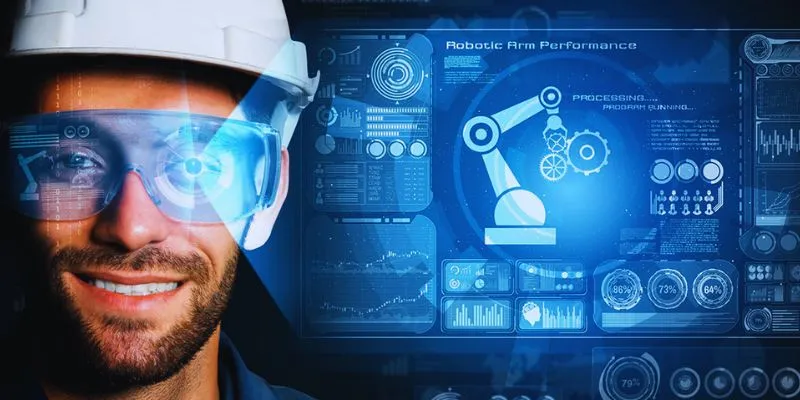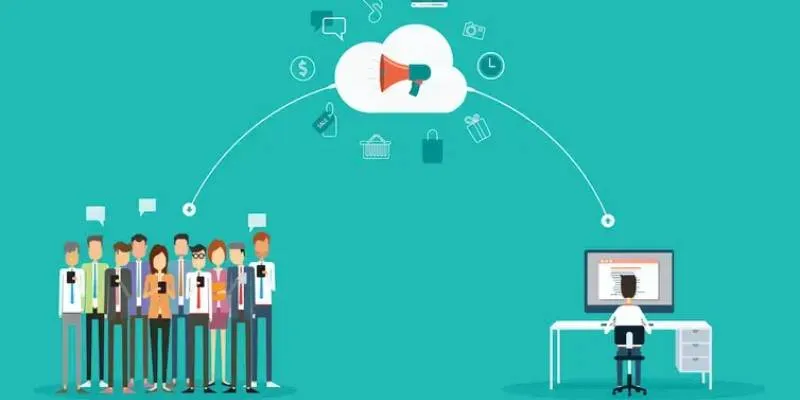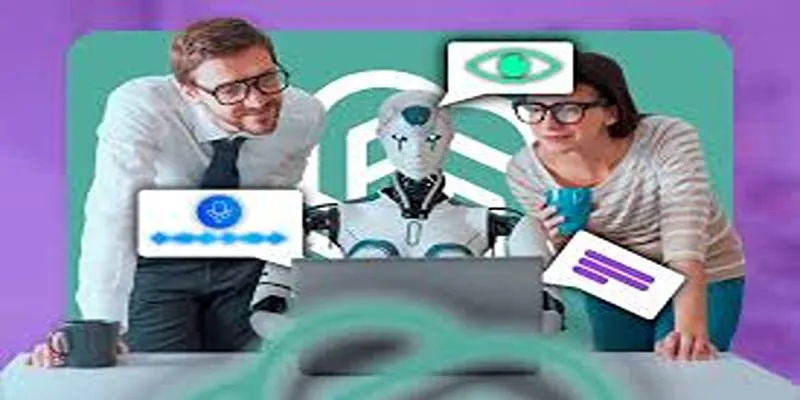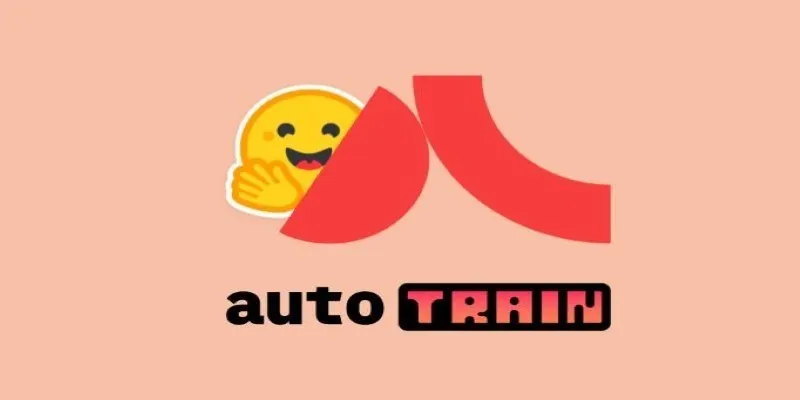Industry 4.0 is revolutionizing business sectors through real-time data, automation, and smart devices. Artificial intelligence (AI)-driven predictive maintenance is a key component of this transformation. By analyzing sensor data, AI can detect potential issues before machines fail, saving companies time, money, and effort. This proactive approach allows businesses to address problems before they escalate.
Predictive maintenance enhances output, boosts machine reliability, and improves resource management. Many companies are adopting this intelligent model as AI makes maintenance faster, smarter, and more economical. It aligns with Industry 4.0’s objectives , making predictive maintenance essential for modern companies.

What Is Predictive Maintenance?
Predictive maintenance involves monitoring machines to predict failures. It utilizes real-time data from equipment sensors that track parameters like speed, temperature, and vibration. AI tools analyze this data to identify warning signals before failures occur. This proactive approach minimizes downtime and prevents costly malfunctions, unlike traditional reactive maintenance, which waits for breakdowns.
Unlike preventive maintenance, which follows a set schedule, predictive maintenance is data-driven. It optimizes timing, reduces expenses, and eliminates unnecessary efforts. AI is the cornerstone of this system, continuously learning and improving accuracy over time. Predictive maintenance is a strategic choice for companies embracing Industry 4.0.
The Role of AI in Predictive Maintenance
AI significantly enhances predictive maintenance by enabling machines to “think” through data analysis and decision-making. Machine learning allows AI to identify trends and early signs of wear, comparing current data with historical performance. Alerts prompt maintenance teams to address issues promptly, reducing false alarms and optimizing resource allocation.
AI processes vast amounts of machine data efficiently, making quick decisions to prevent major breakdowns. With experience, AI becomes increasingly accurate, supporting Industry 4.0’s intelligent approach. The integration of IoT, AI, and automation creates reliable, modern systems.
Benefits of Predictive Maintenance with AI
AI-driven predictive maintenance offers numerous benefits for businesses, including:
- Less Downtime: AI alerts maintenance crews before malfunctions occur, preventing unplanned breakdowns and enabling quick issue resolution during peak production.
- Lower Costs: Addressing small issues early saves money compared to major problems and emergency repairs. Predictive maintenance also reduces labor and spare part costs.
- Longer Equipment Life: Proper maintenance extends equipment lifespan by reducing wear and stress on parts.
- Better Safety: Timely repairs prevent hazardous situations, safeguarding both tools and workers and facilitating compliance with safety regulations.
- Smarter Planning: Teams can schedule maintenance during downtime, ensuring continuous operations without interruptions.
- Higher Productivity: Improved machine performance and focused staff increase plant-wide efficiency and productivity.
- Environmental Benefits: Well-maintained equipment produces less waste and consumes less energy, supporting sustainable corporate policies.
How Does Industry 4.0 Support Predictive Maintenance?
Industry 4.0 enhances predictive maintenance through smart factories, real- time data, and interconnected machines. Sensors continuously gather data, enabling AI to detect early issues. Cloud computing ensures secure data storage and easy access, allowing maintenance teams to monitor conditions remotely and make swift decisions.
Automation streamlines the process, with AI generating repair requests as soon as issues are detected, eliminating paperwork and delays. IoT connects all equipment, facilitating information exchange and boosting efficiency. This integration makes predictive maintenance more precise and effective, providing an ideal environment for smart maintenance systems. Companies adopting these technologies gain a competitive edge, reduce costs, and ensure smooth operations.

Challenges of Using AI in Predictive Maintenance
While AI-driven predictive maintenance offers significant advantages, it also presents challenges. High initial setup costs for sensors, cloud systems, and AI tools can be a barrier, though these investments typically pay off over time. Managing large data volumes requires careful organization and analysis, and employees need training to effectively use AI tools.
Resistance to new systems is common, and cybersecurity is a concern as connected devices are potential targets for hackers. Older machinery might not easily integrate with smart systems, necessitating specific tools or upgrades. Despite these challenges, many businesses choose AI solutions for their long- term benefits.
Conclusion:
AI-powered predictive maintenance is transforming industry operations and equipment management by reducing downtime, enhancing safety, and saving costs. Real-time data and intelligent systems enable businesses to address issues before they escalate. Although training and implementation may pose challenges, the long-term advantages are substantial.
Industry 4.0 technologies like IoT, cloud computing, and automation support predictive maintenance, creating faster, more reliable systems. Companies embracing this change gain a significant competitive advantage. As industries evolve, predictive maintenance becomes essential for thriving in a smart, connected future.
 zfn9
zfn9























